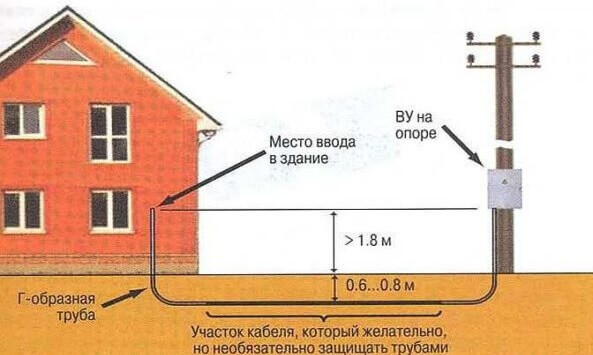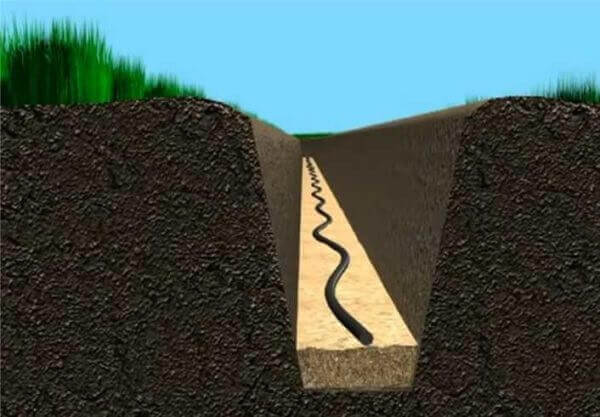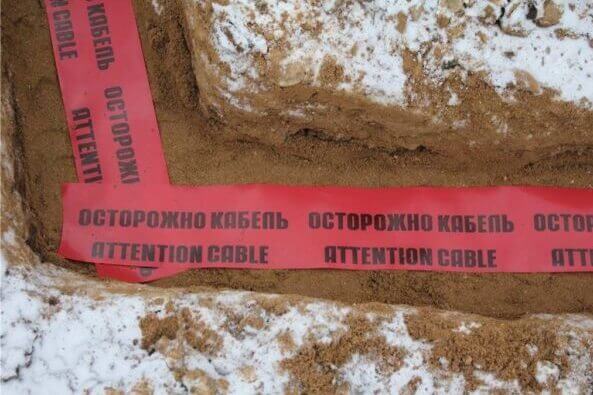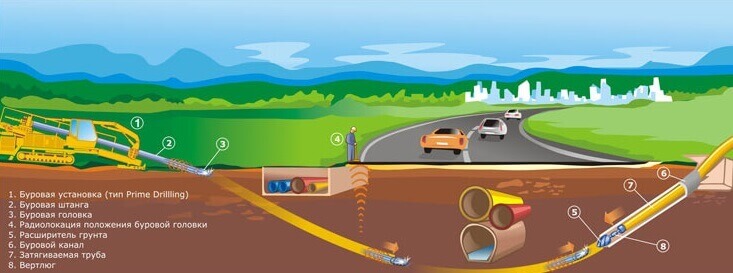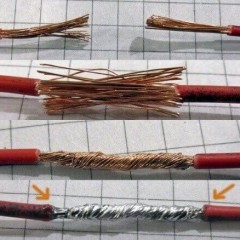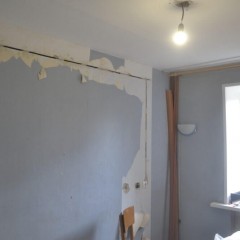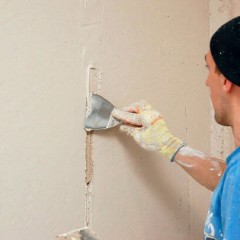How to lay the cable under the road and what requirements you need to consider
Which cable can I use
You can not use the usual options for cable products used in electrical wiring, such as AVVG, VVG, PUNP, PUGNP and others. They collapse in the ground if they are not laid in pipes. The insulation of these conductors is not intended to protect the cores from damaging mechanical and chemical effects. To lay the cable under the road, you need to use protected products, such as:
For regions where severe frosts occur (extreme north), PvKShp is used.
The basic requirements are described in Chapter 2.3 of the EMP, clause 2.3.83-2.3.101
Cable Protection Options Under the Road
When laying the cable under the road surface, avoid placing the line near the trees - you need to retreat by a radius of 2 m, and around shrubs you can reduce it to 0.75 m (Section 2.3.87). If you cannot retreat this distance, lay it closer, but place it inside the metal pipe. It is also worth avoiding places with increased load on the ground, these are various parking lots, roads, porches. They need to be circumvented around the perimeter. How exactly is laid under the road, we will talk later.
If places with increased load cannot be avoided, then you need to use pipes, for example a smooth HDPE pipe, corrugated pipe or asbestos-cement pipe, they are called cases. If there are no harmful factors, you can lay the line without pipes.
The cable is laid in a trench, it is dug 70-80 cm deep. If one cable is laid, then its width is 20-30 cm. If there are several lines, there should be a distance of 10 cm between them. The bottom of the trench is poured with a sand cushion 10 cm high. When filling it with soil, you need to remove all stones, debris, bricks, other sharp and dangerous objects. Their presence in the ground can pierce the insulation.
No need to pull the cable, it needs to be laid freely, in waves, as shown in the picture:
It is necessary to provide for possible future land work. In order to not damage the line when digging, it is worthwhile to lay a signal tape, for example this:
Avoid conductor connections underground, this must be done in special couplings. If you do not have the skills to install such couplings, do not do it yourself; if possible, try to make the installation without connections - a solid cable.
In any case, it is better to use a protective pipe of any type, as an additional protection, this will increase the reliability of the line. In addition, in this way you can lay VVG and similar brands, for not too critical electrical installations. Alternatively, you can use the corrugation, it has a probe (metal wire) for pulling wires. If it is not, then pushing a soft wire of large length will not work.
Methods for laying the line under the pavement
When connecting a site, let's say a summer residence, to electricity, sometimes it happens that the supports with electric lines are on the opposite side of the road. How to extend electricity to the house in this case? To begin with, you do not have the right to arbitrarily lay a line under the road, this must be agreed with the administration of the city or village or other responsible body.
The first option of laying a cable line under the road is simple and does not require the destruction of asphalt. He is called trenchless laying, puncture method or HDD method. It stands for "horizontal directional drilling." The technology lies in the fact that the soil under the road is drilled with special installations, thus avoiding the opening of the asphalt surface. It is used for laying communications under the railway, under water, under buildings.
The second option is simpler, but leads to certain damage. It is necessary to dig a trench by removing the top layer of asphalt.
According to the regulations of the PUE, the depth of the trench should be at least 1 m, and the cable must always be in the protective pipe.
Finally, we recommend watching a video that shows how to lay the cable under the road yourself:
Related materials:

